Danube Delta Biosphere Reserve
A Garden of Eden for People and Wildlife
The Danube Delta is the biggest protected natural area on the European continent, and one of the best preserved wetland region of Europe and the only delta in the world declared entirely as biosphere reserve. The fact that it is declared a Biosphere Reserve in 1990 is an acknowledgement of the equal attention paid both to locals and their traditional way of living, based on the resources from the area, as well as to the cultural heritage of the various ethnic groups.
The natural landcape characterized by originality and diversity, almost unspoilt, constituted of a mosaic of river branches, channels, lakes of diferent types and sizes, reedbeds, sand dunes, oak forests with mediterranean vegetation, the beaches, represent the main tourist attraction of the Danube Delta.
Biodiversity of deltaic ecosystems –The wonderful natural habitats developed here are the most varied in Romania,offering suitable conditions for an impressive number of species, hosting around 7,400 species, of which 2,383 species offlora and 4,029 species of fauna. In Danube Delte there were recorded about 340 bird species representing about 85% of the total bird species recorded in Romania and 40% of the total bird species recorded in Europe. According to the Bern Convention, 320 bird species are protected (229 bird species are included in the Annex II- Strictly protected fauna species and 91 species are included in the Annex III- Protected fauna species), and according to the Romanian legal framework, 12 endangered species are protected being declared “monuments of nature”). The area has been recognized worldwide as nesting place for many bird populations (more than 170 species) including the White Pelican, the Dalmatian Pelican, the Pygmy Cormorant, etc.
Within the limits of the Danube Delta Biosphere Reserve, there are 30 types of ecosystems, 23 natural and 7 created by man. The main ecosystems are represented by: flowing water (rheophilic) ecosystems consist of the Danube branches, and a series of more important streams and channels, in which, besides other numerous animals, worms, mollusks, grows in optimal conditions the ichthyofauna represented by the Carp (Cyprinus carpio), the Pike (Lucioperca lucioperca), the Catfish (Silurus glanis), etc. as well as fresh water sturgeons – the Sterlet (Acipenser ruthenus), migratory fish such as the Danube Shad (Alosa pontica), sea sturgeons – Beluga Sturgeon (Huso huso), stagnant waters ecosystems, mainly represented by lakes and defined by a rich submerged and floating flora like the Water Chesnut (Trapa natans), the Arrowhead (Sagittaria sagittifolia), etc; swampy and floodable areas ecosystems (of reeds and floating reed islets) is dominated mainly of Common Reed (Phragmites communis). An unique place in the ecosystem is held by the floating reed islet, a mixture of reed rhizomes, grass vegetation, organic and soil remains, usually floating.
Of particular importance is the designation of the Danube Delta as site of Community Importance, having 29 habitat types specific for the steppic bioregion and 4 habitat types specific for the Pontic bioregion, within the European ecological network Natura 2000.

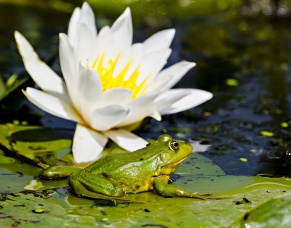
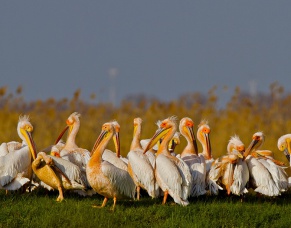
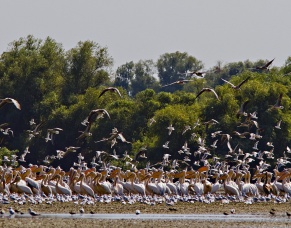
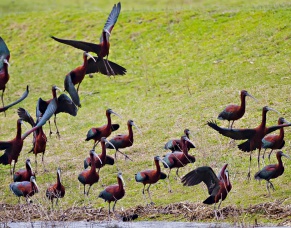
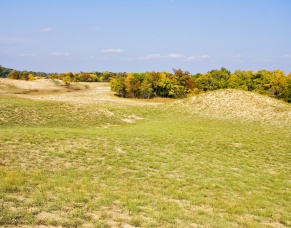
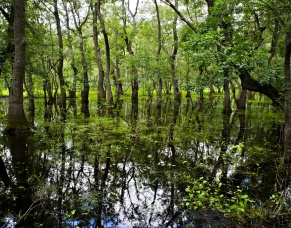
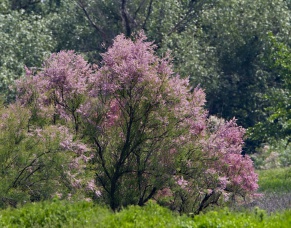
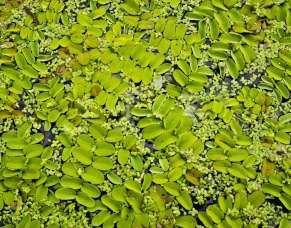
_291x228.jpg)
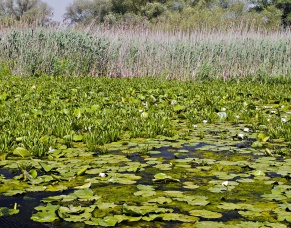
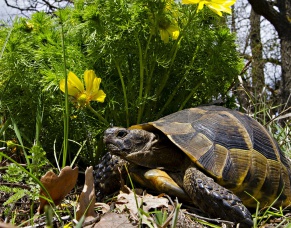
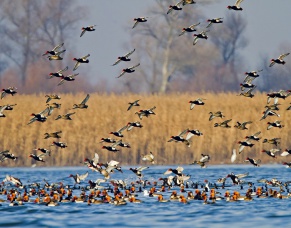
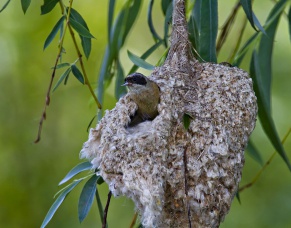
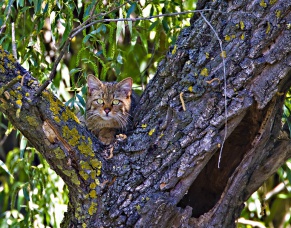
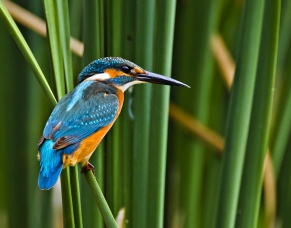
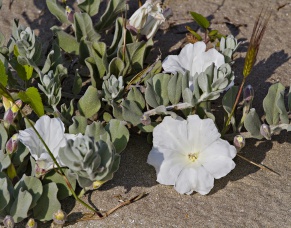
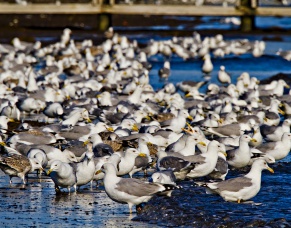
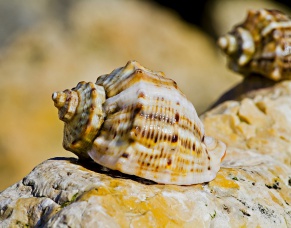
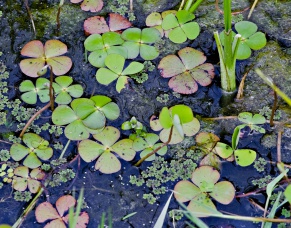
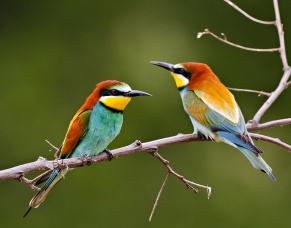
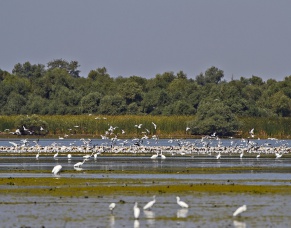
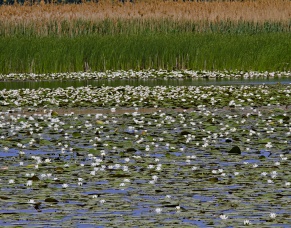
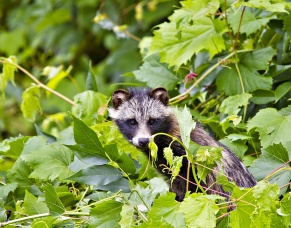
_291x228.jpg)